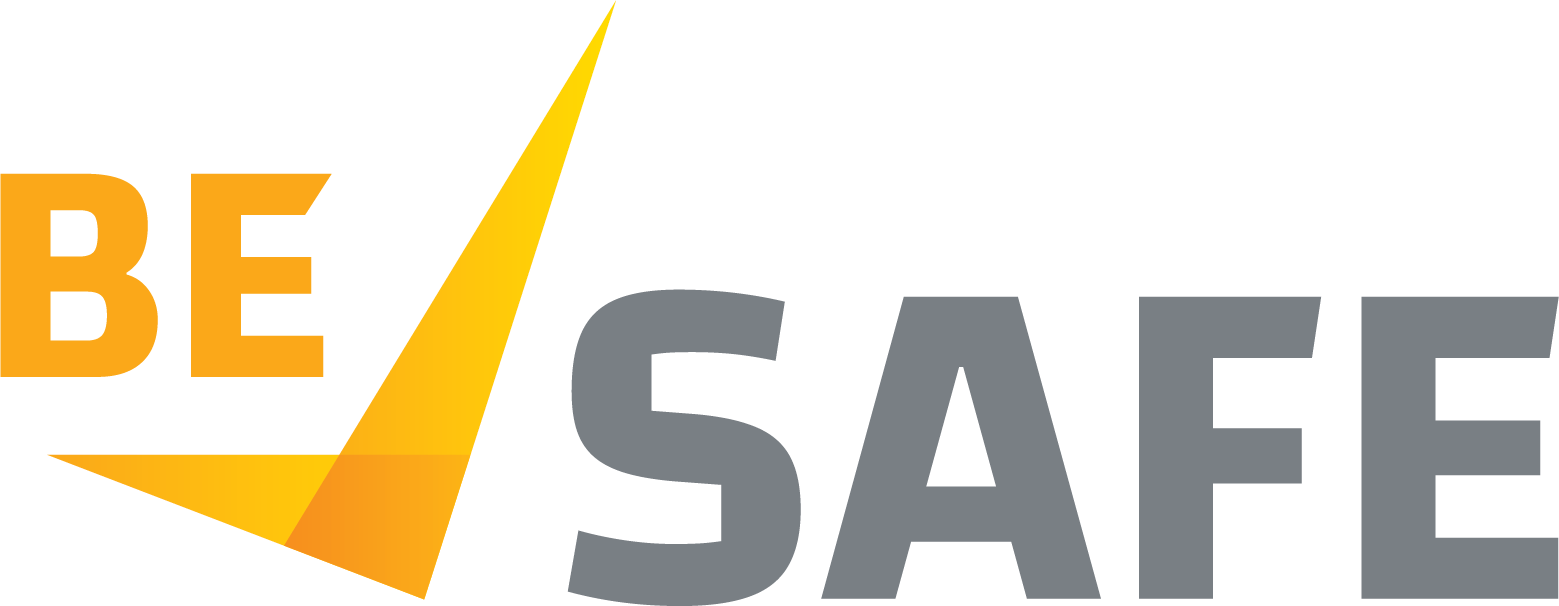Common misconceptions about HSRs
At BeSafe, we often come across misconceptions about Health and Safety Representatives (HSRs) and we thought it was worth taking the time to address some of the more common ones.
Understanding the Role of Health and Safety Representatives
In many workplaces, the term “Health and Safety Representative” (HSR) is met with a mix of appreciation, confusion, and sometimes even resistance. While HSRs play a vital role in promoting safe work environments, there are often misunderstandings about their purpose, authority, and responsibilities.
Let’s unpack a few of the most frequent misunderstandings:
- “HSRs are part of management.” Not at all. HSRs are elected by workers to represent their health and safety interests. They are not enforcers of company policy, nor are they accountable to management in the same way supervisors are.
- “They’re just there to report hazards.” While hazard identification can be part of their role, HSRs do much more. They can consult with workers, investigate complaints, participate in risk assessments, and can even request the establishment of a Health and Safety Committee.
- “HSRs can shut down operations.” This is a big one. HSRs do have the power to issue Provisional Improvement Notices (PINs) and direct unsafe work to cease—but only under specific conditions and within legal boundaries. These powers are designed to protect workers, not disrupt business unnecessarily.
- “They don’t need training.” In fact, HSRs are entitled to attend approved training courses to understand their rights and responsibilities. This training empowers them to be effective advocates for safety.
The Real Role of an HSR
HSRs are key to creating safe workplaces. They bridge the gap between workers and management, acting as a conduit to help ensure that safety concerns are heard and addressed. Their role is proactive, as they can help to identify risks before they become incidents.
When businesses embrace HSRs as partners in safety, the benefits can include:
- Improved communication around safety issues
- Greater worker engagement and morale
- Reduced incidents and injuries
- Higher safety standards in the workplace
What Businesses Can Do
To clear up the confusion and make the most of HSRs, businesses should:
- Educate leadership and staff on the legal role and rights of HSRs Leaders OHS Course | BeSafe | Regional Victoria
- Support HSRs with access to training, resources, and time to perform their duties HSR Initial OHS Training Course | BeSafe | Regional Vic HSR Refresher OHS Training | BeSafe | Regional Victoria
- Engage in genuine consultation—not just tick-the-box meetings
- Treat safety as a shared goal, not a regulatory burden
Health and Safety Representatives really are an asset to business. When businesses understand and respect their role, everyone wins and shares in the benefits of a safer workplace.
In summary:
An HSR is:
- Elected by their peers
- A voluntary role
- A representative of their designated work group (DWG)
- Able to work to resolve health and safety concerns on behalf of their DWG
- Able to act as a conduit to facilitate communication and consultation
An HSR is NOT:
- A safety manager
- Responsible for the safety of the workplace
- Responsible for enforcing safety
- Required to investigate safety matters or act as a technical expert
- Required to exercise their powers
Need more help? Get in touch HSR Training and support | BeSafe | Regional Victoria




